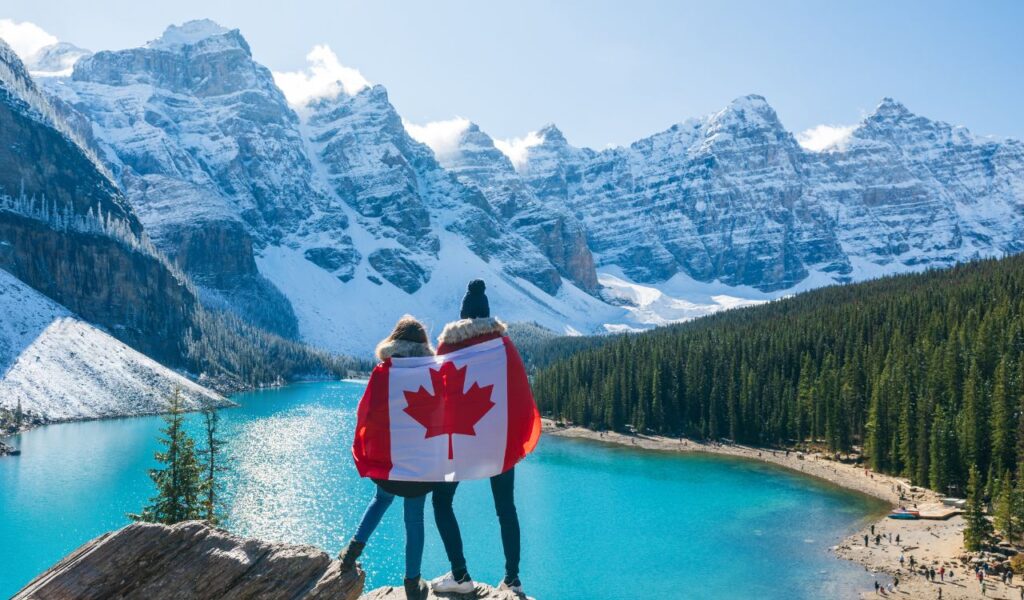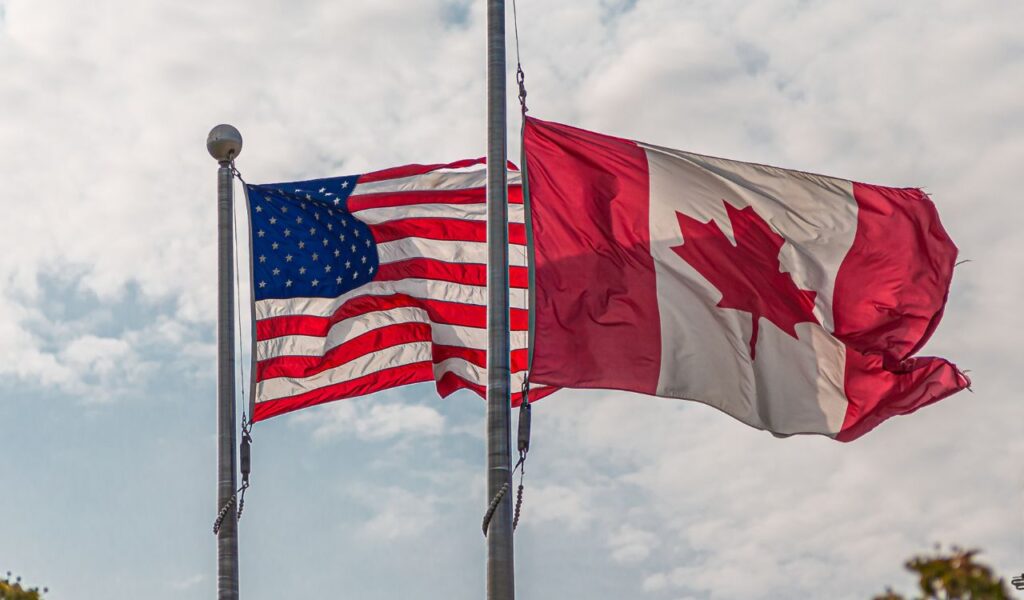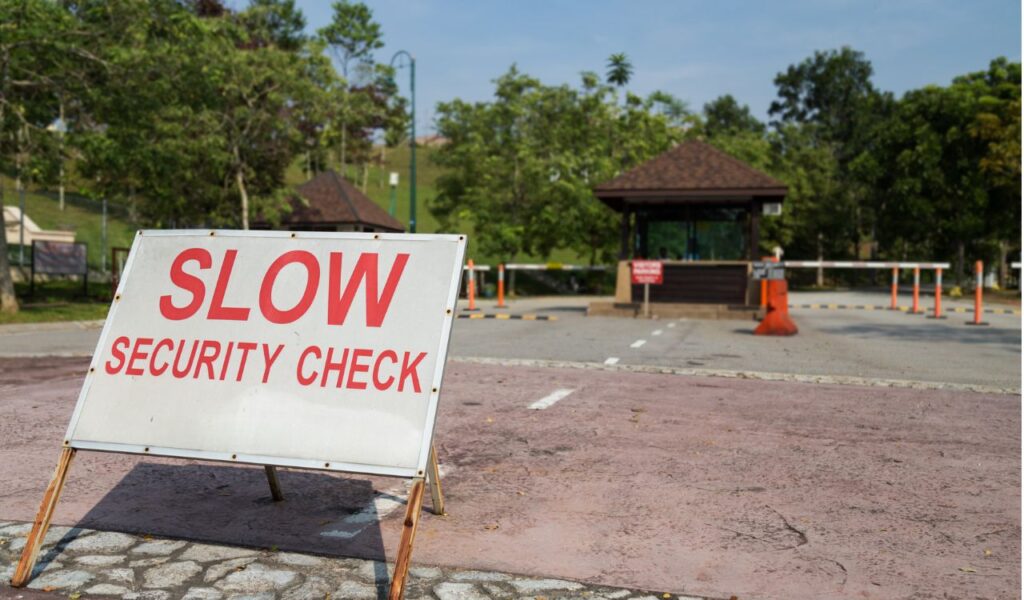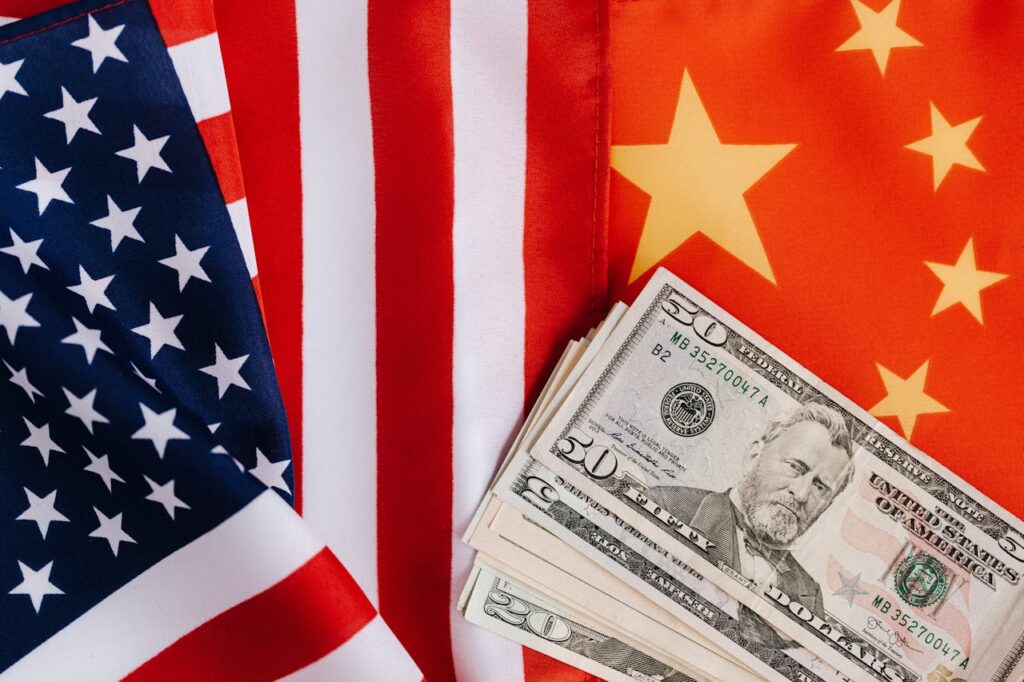We may earn money or products from the companies mentioned in this post. This means if you click on the link and purchase the item, I will receive a small commission at no extra cost to you ... you're just helping re-supply our family's travel fund.

Canadians are quietly rewriting 2025 travel plans, steering away from U.S. weekends toward homegrown adventures and farther flung escapes. It is not one thing, it is many. Politics, safety vibes, exchange rate math, border fatigue, and fresh alternatives all play a part. Mid‑2025 data show multiple consecutive months of declines in Canadian returns from the United States, while enthusiasm builds for Canada, Europe, Mexico, and the Caribbean. Here is what is driving the shift.
Currency and cost

The math comes first for many travelers. A softer loonie plus higher U.S. prices for hotels, dining, and attractions means the same budget buys more elsewhere. That pushes weekenders toward Canadian road trips and shoulder season Europe, Mexico, or Caribbean deals, where exchange rates and promos stretch every dollar. Value is not abstract. It shows up in nightly rates, restaurant bills, and how many memorable experiences fit into a fixed budget.
Safety perception

Leisure travel hinges on peace of mind as much as price. Concerns about violence and a less welcoming atmosphere can turn a casual U.S. hop into a maybe next year, especially for families and retirees seeking low stress escapes. Even when risks are localized, perception shapes behavior. The lure of calmer, slower feeling destinations wins, promising an easier mental load and a break that actually feels like a break.
Political climate backlash

A turbulent political year in the United States has cooled the mood for cross border leisure, turning what used to be automatic choices into values tinged decisions. The pattern shows up in months of softer visits and hesitancy around headline driven moments, as travelers weigh where they will feel welcome and relaxed. It is not a single incident so much as a steady drumbeat that nudges plans elsewhere.
Border friction and hassle

For short getaways, friction at the border is make or break. Scrutiny, wait times, and paperwork anxiety add uncertainty to weekends that should feel effortless. Advisories stress preparation and knowing one’s rights, but that mental tax tips marginal trips into skip it territory. There are no new blanket visa rules here. It is the cumulative pinch points that push people toward smoother door to door options.
Momentum from declines

Travel follows momentum. After several consecutive months of double digit drops in Canadian returns by car and air, skipping the United States becomes the new normal. Social proof matters. When friends and headlines say not this year, the default shifts. By mid summer, pronounced auto declines and softer air numbers reinforced a loop where behavior and narrative feed each other and plans stay pointed elsewhere.
Choose Canada effect

Pride meets pragmatism at home. Canada’s world class parks, lakes, culinary scenes, and city breaks deliver premium experiences without border uncertainty or currency pain. Coverage spotlighting national and provincial gems dovetails with robust domestic demand. When the local option feels both principled and indulgent, think Rockies trails, coastal drives, and festivals, it is easy to keep the adventure inside the maple leaf.
Route and capacity economics

Even small changes in fares and flight timings can reshuffle an entire season. When prices climb or schedules thin, spontaneous cross border weekends are first to vanish. Travelers pivot to nonstop overseas shoulder seasons or domestic loops where timing is fully in their control. A little airlift friction reduces impulse trips and channels demand toward destinations that fit cleaner into calendars and budgets.
Fresh excitement elsewhere

Curiosity is flowing to Buenos Aires late night milongas, Osaka’s lantern lit food alleys, Copenhagen’s harbor promenades, and Curaçao’s technicolor coves. These trips promise novelty and rich culture, often with better value than a U.S. standby. As attention shifts to places that feel both distinctive and welcoming, the go farther for less proposition resonates, siphoning energy from habitual cross border picks.
Insurance and medical cost caution

Health care what ifs matter. Travelers tally insurance clauses, potential copays, and out of network surprises, and that calculation can be decisive. Official guidance urges coverage planning, but the very need to plan becomes friction that nudges trips toward destinations with fewer unknowns or lower perceived exposure. For families and retirees, clarity around medical costs ranks alongside airfare and hotel rates.
Trade and policy tensions

Policy noise seeps into leisure choices, creating a quiet form of wallet activism. Surveys and reporting trace how rhetoric and trade spats shape feelings of welcome and comfort, especially for discretionary travel. Rather than a single trigger, it is the background hum that shifts intent over months, enough to redirect bookings toward home or farther abroad where the experience feels unambiguously positive.
Media and survey signals

Headlines, advisories, and polls do not just mirror behavior, they mold it. Repeated stories about sharp declines, softer bookings, and changing sentiment build a narrative. Stay local or go long haul, but skip the default southbound hop. That narrative becomes an ambient nudge, reinforcing the social norm and keeping 2025 getaway maps pointed to Canada’s backyard and the wider world beyond.